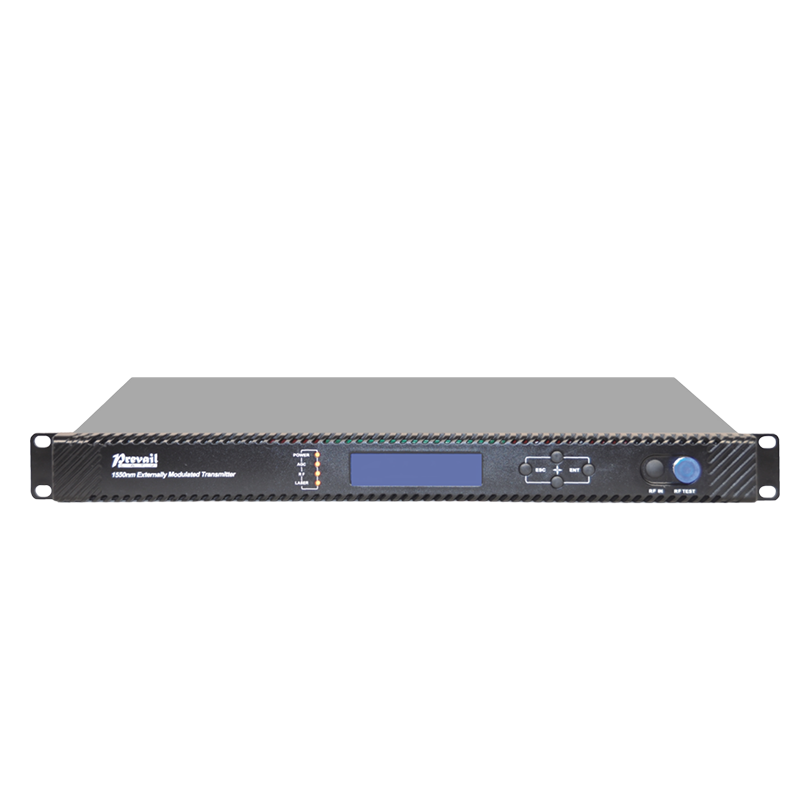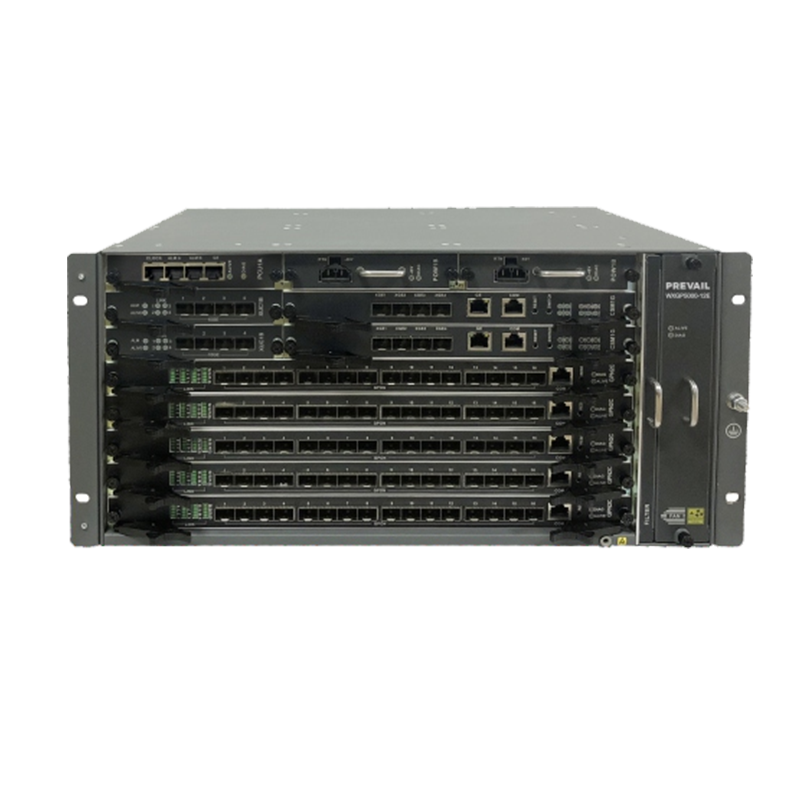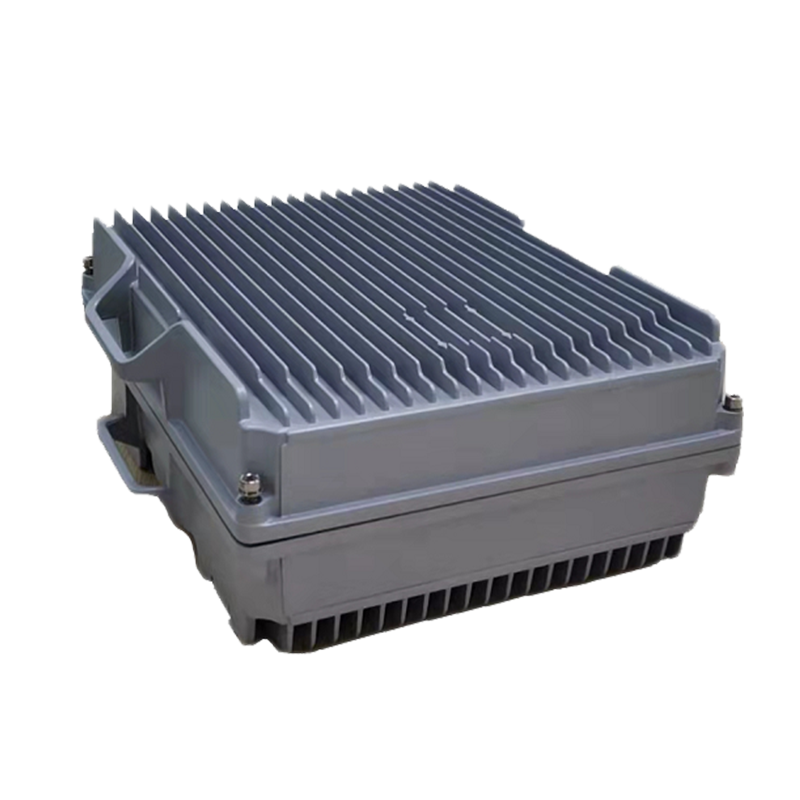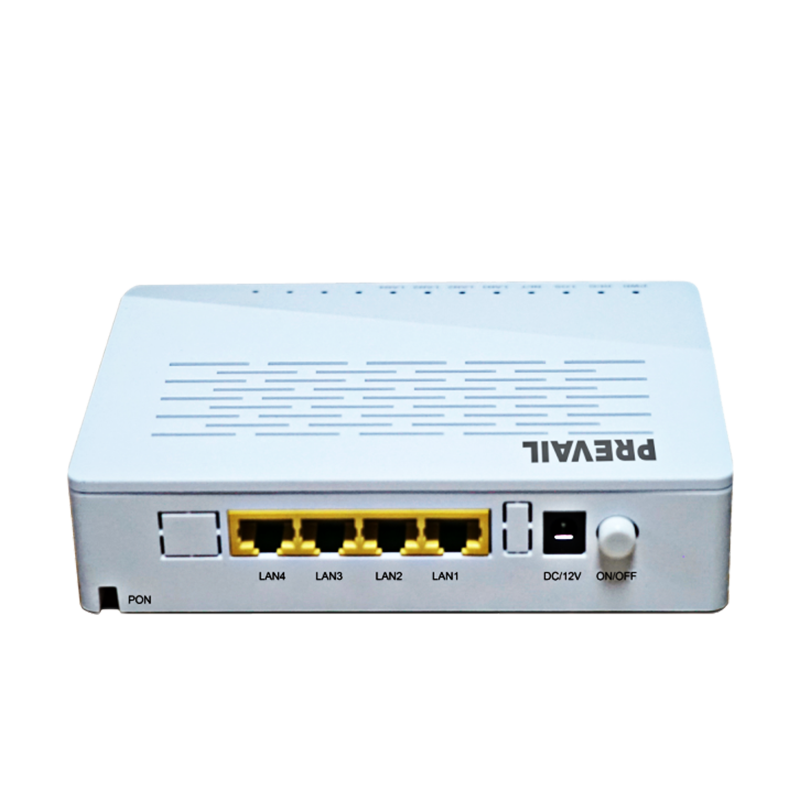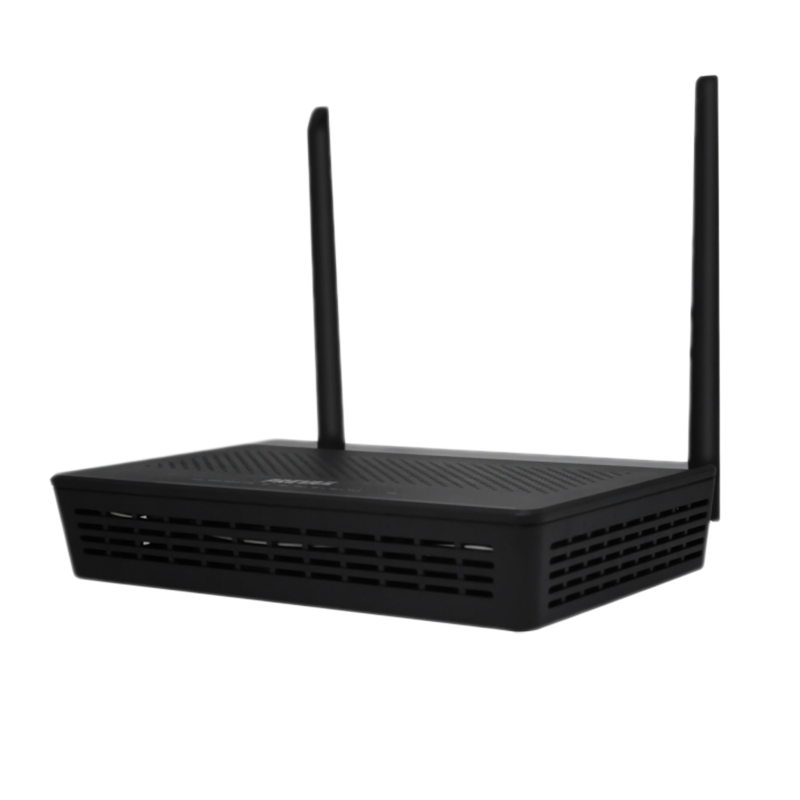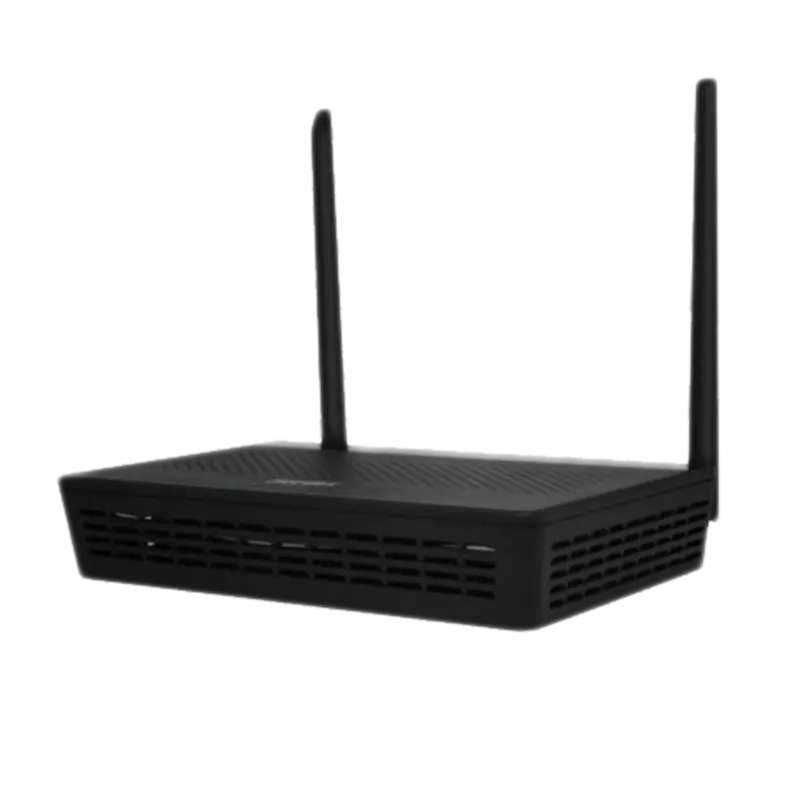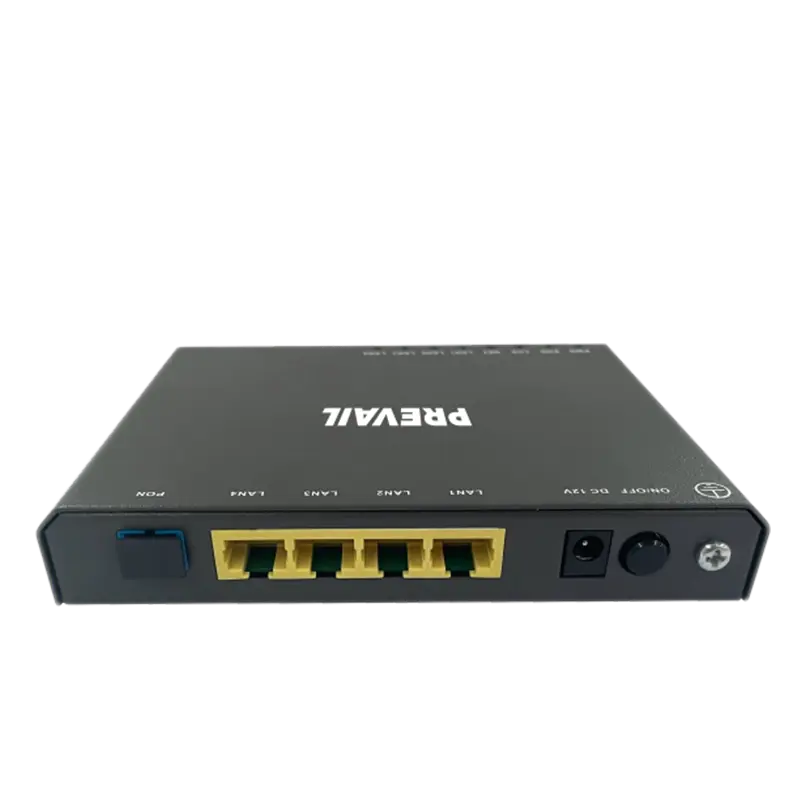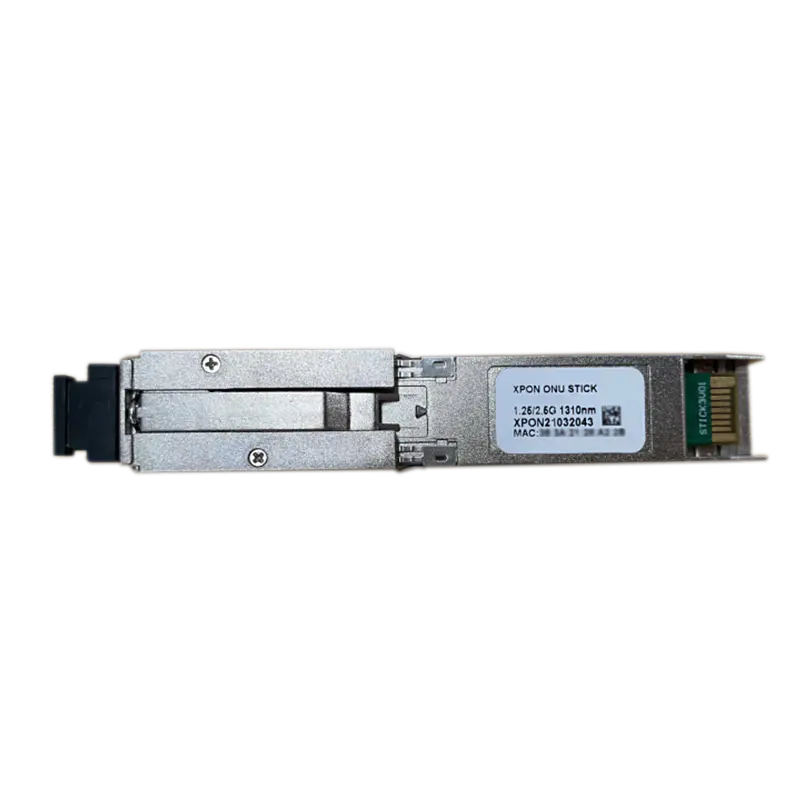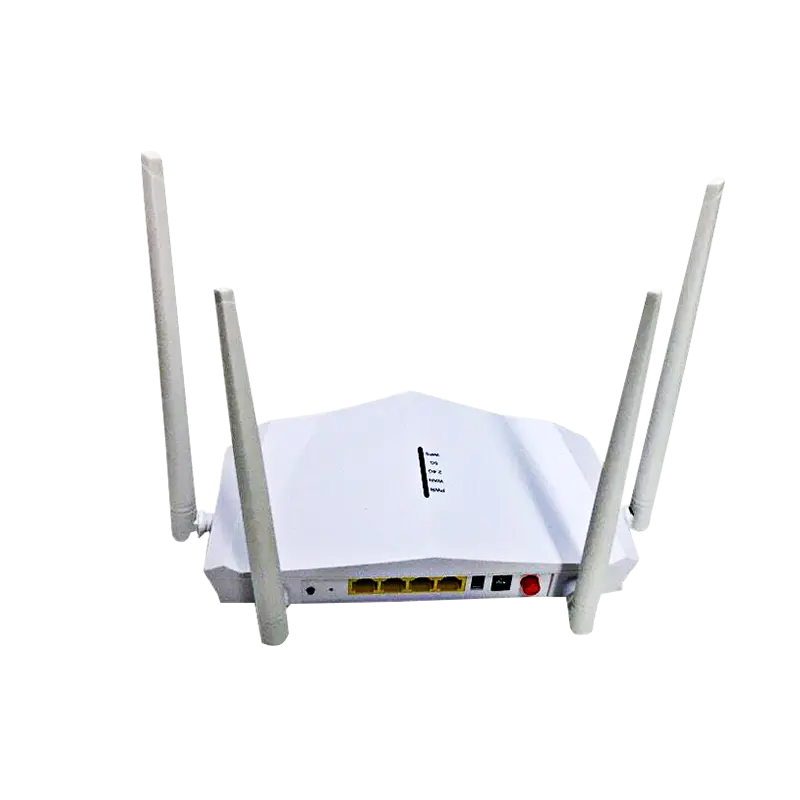Why has the 1550nm external modulated optical transmitter become a key device for high-speed optical communication?
In modern optical fiber communication systems, the performance of the optical transmitter plays a decisive role in the overall communication quality. Among them, the 1550nm External Modulated Optical Transmitter has become a key device for building long-distance, high-bandwidth, and high-reliability optical communication networks with its excellent transmission characteristics and wide application fields.
The significance of external modulation technology
"External Modulation" is different from "Direct Modulation". Its core is to use an external electro-optical modulator (such as Mach-Zehnder modulator) to modulate the continuous optical signal output by the laser at high speed to obtain a high-quality modulated signal. This method has the following significant advantages:
Low distortion and high linearity: External modulation avoids the chirp effect caused by direct modulation and keeps the signal spectrum stable.
High bandwidth support: Suitable for high-speed transmission requirements of 10Gbps and above.
Strong long-distance transmission capability: Combined with EDFA, it can achieve relay-free transmission of more than 80km.
1550nm external modulation optical transmitter is particularly suitable for high-standard scenarios such as CATV trunk line, metropolitan area network backbone, and long-distance optical fiber transmission.
Structural composition
A typical 1550nm external modulation optical transmitter is mainly composed of the following core modules:
DFB laser: provides a stable 1550nm continuous light source;
External electro-optical modulator (such as LiNbO₃ Mach-Zehnder): realizes high-speed modulation;
Bias control circuit: accurately controls the modulator working point to ensure modulation efficiency;
EDFA amplifier: amplifies the modulated optical signal and increases the output power;
Automatic gain control (AGC) and automatic temperature control system (ATC): ensure long-term stable operation of the equipment.
Main application areas
Cable TV (CATV) front-end system: used to modulate multiple analog/digital RF signals into optical signals and transmit them to each distribution node through optical fiber.
Long-distance trunk transmission system: combined with DWDM technology, it can greatly improve system capacity and transmission distance.
Metropolitan area network backbone network: provides high-bandwidth and high-reliability bearing for large data centers, enterprises, and government communications.
5G bearer network: In the C-RAN architecture, it meets the strict requirements of bandwidth and low latency for fronthaul/midhaul.
Development trend
With the rise of emerging applications such as fiber to the home (FTTH), 4K/8K video transmission, 5G, and industrial Internet, the performance requirements for optical transmission equipment are constantly increasing. In the future, 1550nm external modulated optical transmitters will develop in the following directions:
Higher frequency and larger bandwidth support (such as 100Gbps and above);
Improved multi-channel multiplexing capability;
Miniaturization and modular design for easy integration;
Stronger intelligence and remote management capabilities.
With its excellent transmission performance, high stability and scalability, the 1550nm External Modulated Optical Transmitter is becoming a core component of the next generation of high-speed optical communication networks. With the continuous evolution of communication needs, this equipment will play an even more irreplaceable role in the construction of future information highways.
